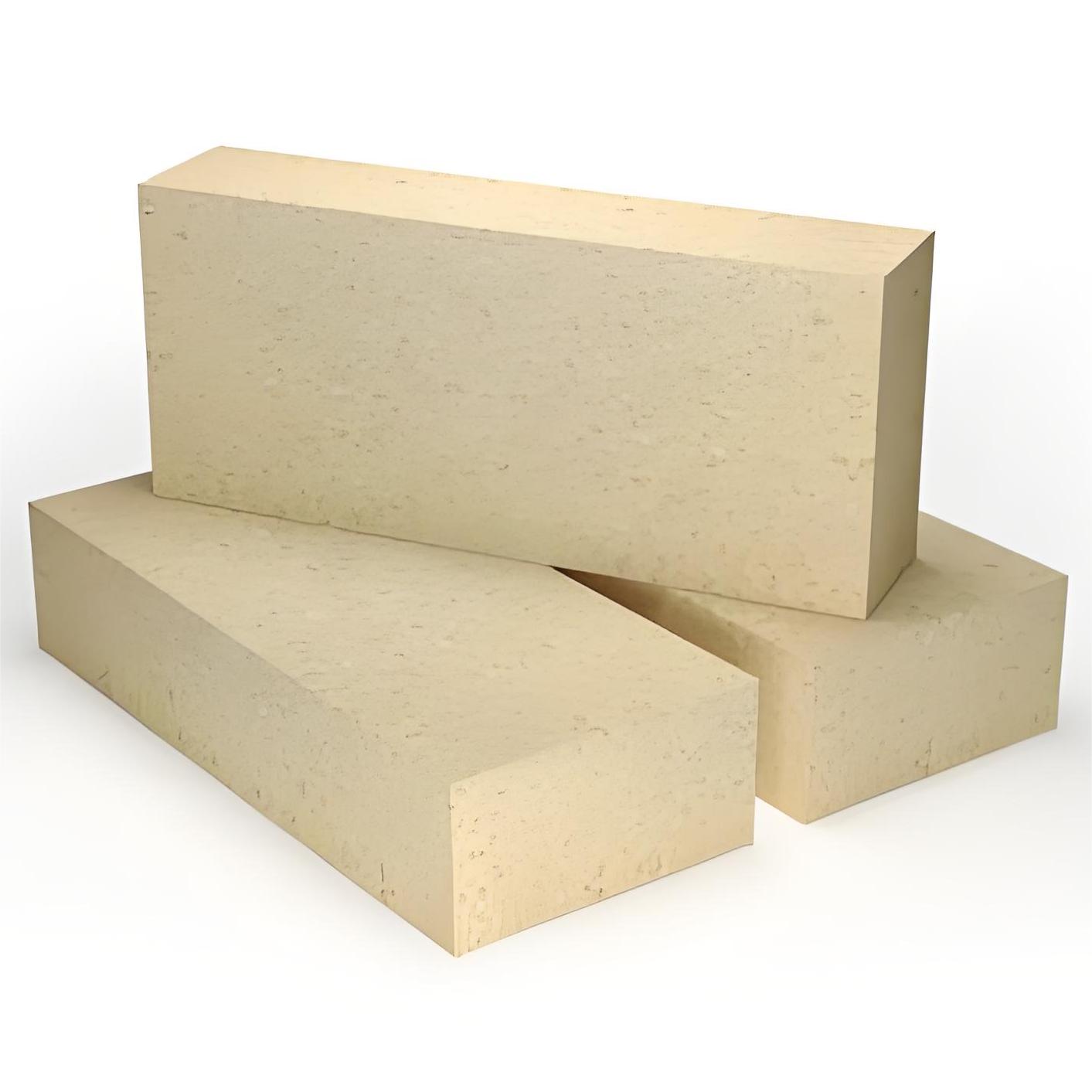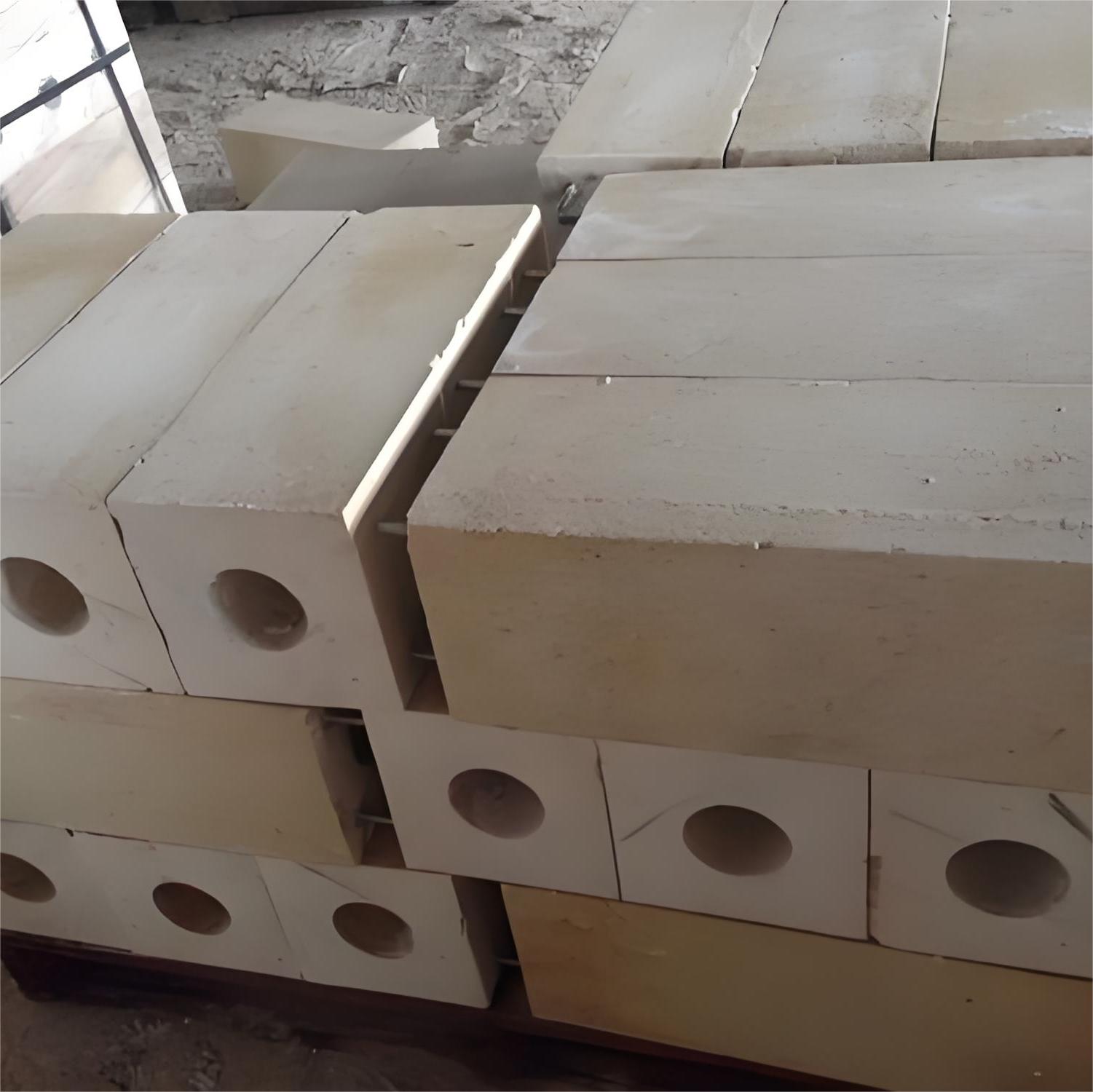
In the demanding environment of steel and cement manufacturing, where temperatures regularly surpass 1700°C, selecting the right refractory materials can be a game-changer. However, many plant managers and procurement decision-makers find themselves grappling with inconsistent product quality, frequent maintenance shutdowns, and escalating costs. The critical question arises: how can enterprises achieve both operational stability and cost savings without compromising safety?
Zhengzhou Rongsheng’s magnesia-alumina spinel refractory bricks offer a compelling solution. Engineered with an exceptional refractory degree ranging from 1770°C to 2000°C and customizable chemical composition, these bricks not only stand up to extreme heat but enhance thermal efficiency and reduce energy consumption. What makes this product stand out further is its strict adherence to ISO certification standards—ensuring consistent quality recognized and trusted across more than 70 countries worldwide.
The term “refractory degree” refers to the maximum temperature a material can withstand without melting or deforming. For steel and cement kilns running at extreme temperatures, a refractory degree of 1770°C to 2000°C means these bricks maintain structural integrity under harsh conditions. The spinel structure—a crystalline form where magnesium oxide (MgO) and aluminum oxide (Al2O3) combine—provides superior thermal stability and resistance to chemical attack. This structural stability minimizes degradation, thereby extending the lifespan of the lining.
However, choosing high-grade raw materials is only one piece of the puzzle. Customizing the brick’s composition to suit specific kiln atmospheres or thermal cycles significantly improves performance. For example, a leading steel plant we cooperated with optimized the alumina content to maximize resistance against slag penetration. The result? A 30% reduction in refractory repair costs within the first year.
ISO certification acts as a rigorous benchmark for material consistency, manufacturing process control, and product traceability. While many suppliers claim “high quality,” only ISO-certified refractory bricks assure repeatable performance batch after batch. Not surprisingly, more than 70 countries have adopted Zhengzhou Rongsheng’s bricks for critical industrial applications—from blast furnaces in Europe to rotary kilns in Southeast Asia.
The certification also simplifies procurement bureaucracy by providing internationally recognized proof of compliance, reducing risks associated with counterfeit or substandard bricks. This significantly lowers downtime and unexpected maintenance calls, driving cost efficiency in the long run.
Consider the example of a major steel manufacturer based in Eastern Europe. Before switching to Rongsheng’s ISO-certified magnesia-alumina bricks, their furnace lining required frequent repairs—leading to about 15 unscheduled shutdowns per year and significant lost production time. After installation, not only did the refractory lifespan increase by over 25%, but annual maintenance expenses dropped by 30%. These tangible benefits translated into an estimated savings equivalent to the price of an entire industrial-scale piece of equipment.
"Choosing Rongsheng's ISO-certified refractory bricks was a turning point for our kiln operations. Not only can we run longer cycles without interruption, but the consistent quality also gives us peace of mind regarding safety and durability." — Technical Manager, European Steel Plant
Furthermore, the improved thermal efficiency—enabled by the brick's tailored composition—helps lower energy consumption by roughly 5-8%. When operating at such scale, even slight efficiency gains become significant cost reducers and contribute to greener production goals.

It is not just about withstanding heat — safety considerations weigh heavily for continuous industrial operations. The stable spinel matrix and rigorous ISO manufacturing processes reduce the risk of sudden brick failures that could endanger workers or cause costly delays.
Still, the ultimate choice hinges on your enterprise’s priorities. If your core appeal is minimizing downtime and lowering long-term maintenance costs, ISO-certified magnesia-alumina spinel bricks are an optimal investment. For projects with tight upfront budgets but less aggressive thermal demands, alternative refractory solutions could be considered — but with the trade-off of shorter service life and more frequent replacement cycles.

This comparison illustrates how higher-grade ISO-certified magnesia-alumina bricks outperform competitors across key metrics: refractory degree, lifespan, and energy savings.
Discover how choosing the right ISO-certified refractory materials can translate directly into savings and peace of mind. Don’t settle for less when a year’s worth of maintenance costs can equal the price of a new piece of equipment.
Request Your Free Sample & Customized Performance Report Today










